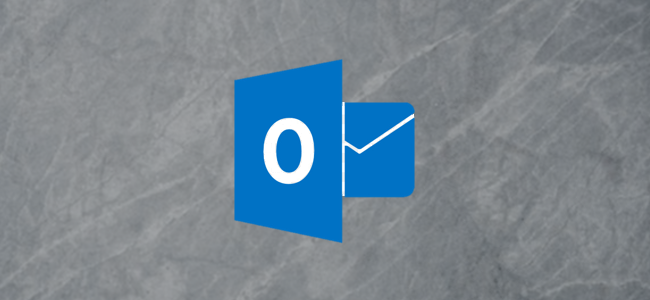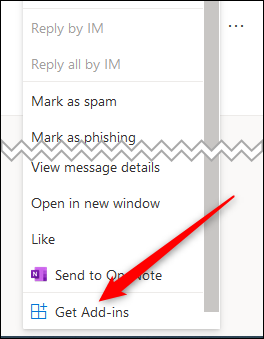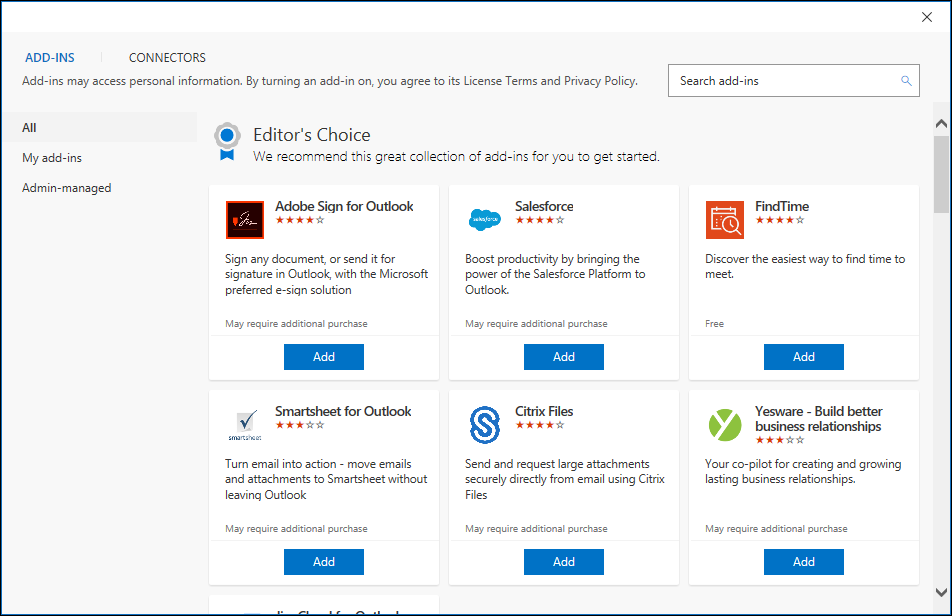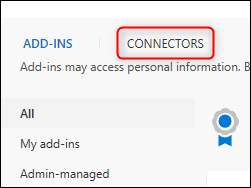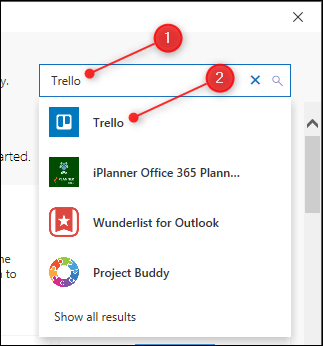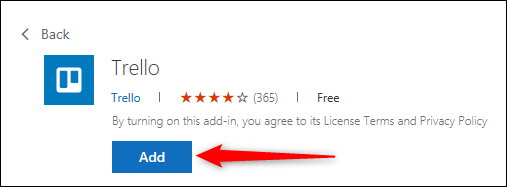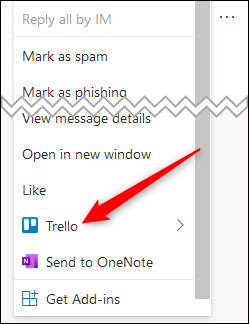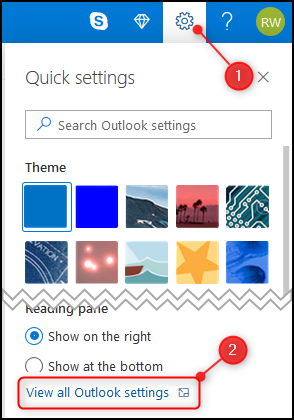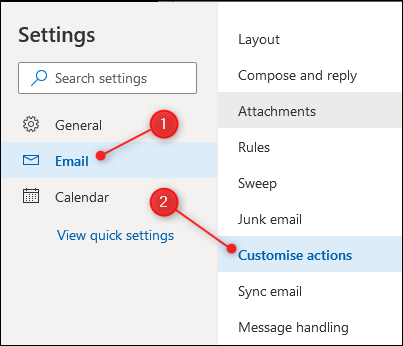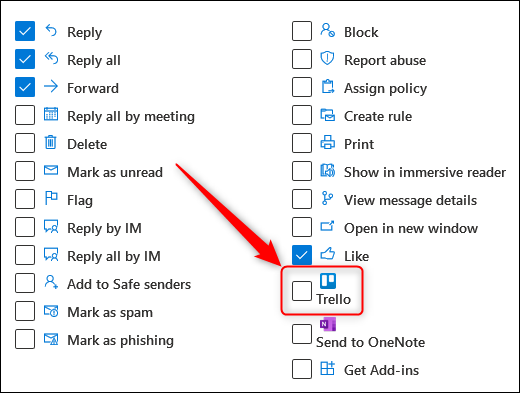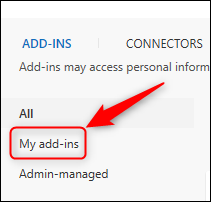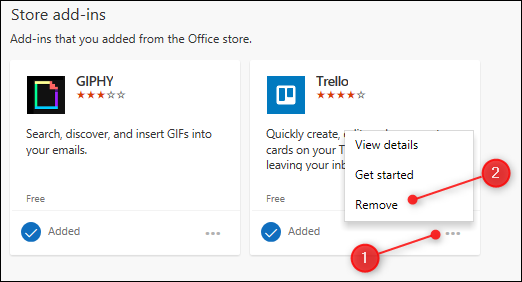Quick Links
There are a lot of third-party add-ins and connectors available for Outlook. What's the difference between add-ins and connectors, how do you use them, and are they safe to use? We've got the answers for you.
What are Add-ins and Connectors?
Add-ins and connectors are ways of connecting Outlook to 3rd-party applications. These applications include ones most people have heard of (even if you haven't used them) like Dropbox, Trello, and Slack. There are additional add-ins and connectors that you'll probably never hear of outside of corporate environments. These usually facilitate activities like expenses, CRM (customer relationship management), and video meetings.
The aim of all of them is the same, though: to allow you to interact in some way with another application from right within Outlook.
The difference between an add-in and a connector is about the direction of the integration. An add-in allows Outlook to send something to another application. A connector enables the other application to send something to Outlook.
Add-ins are only available for email accounts that use Exchange, whether that's a free Outlook.com/live.com/hotmail account, or a paid Microsoft account for your own domain. If you're using a non-Exchange account, such as a Gmail or Yahoo! account, the "Get Add-ins" option will be disabled.
For example, there is a Trello add-in and a Trello connector. The Trello add-in allows you to create or amend a Trello task straight from an email. The Trello connector will enable Trello to send notifications and reminders direct to Outlook.
There are two primary types of add-in: ones that use buttons and ones that highlight parts of the email.
The add-ins that use buttons put a button onto the ribbon that you can click when viewing an email. Clicking this button will activate the add-in functionality, such as sending the email to Trello to create a task, or posting the email contents into a Slack channel. At this point, the relevant content from the email is sent to the 3rd-party service.
When an add-in that highlights content is installed, it tells Outlook what kind of information it uses, such as location data for a map add-in. When you open an email, Outlook looks for that kind of information---an address, for example---and highlights it. When you click on the highlighted content, the relevant information (the address, in this case) is sent to the 3rd-party service so they can display it on a map for you.
Connectors are slightly different, in that the work that they do all takes place on the 3rd-party service. There is no button or content highlighting with a connector, just the ability for the 3rd-party service to send things to Outlook for the user to see.
Are they Safe to Install?
Yes, if you're installing them from the Microsoft Store. Only the add-ins have code (JavaScript) to do anything, and Microsoft validates all add-ins before allowing them to be uploaded to the store. You can see the privacy statements and terms and conditions for any add-in its consent form in the Microsoft store.
Whether the add-in uses a button or uses content highlighting, it only has access to the data in the email message that you're working in.
If you trust Microsoft to validate the add-in, then you should be able to trust that the add-in is not malicious. If you're interested, Microsoft provides detailed information about the validation they do, what developers are and are not allowed to do, and the sandboxing process in which all add-ins are run.
While add-ins do something with information within Outlook, a connector is really just a way of giving a third-party service permission to display notifications and alerts in Outlook. Microsoft validates connectors, but really you need to trust the 3rd-party service. If you've got an account with that service though, presumably you're already comfortable using them.
As always, we recommend that you only ever install add-ins and connectors from the Microsoft Store.
How Do You Add Them to Outlook?
The process for adding an add-in or connector to Outlook is straightforward, whether you're using the Outlook Client or the Outlook web app. If you install an add-in or connector in the client, it will be automatically installed in the Outlook web app, and vice versa.
The interface for adding an add-in or connector is the same in the client and the web app, it's just the method for getting there that's slightly different.
The Outlook client process
To find an add-in or connector in the client, click on the Home > Get Add-ins button.
The Outlook web app process
To find an add-in or connector in the web app, click on the three dots in the top right while viewing a piece of mail.
From the context menu that appears, scroll to the bottom and click "Get Add-ins."
From this point, the process of finding and installing an add-in or connector is the same in both the client and the web app. So no matter which one you're using, the Add-in & Connectors panel will open.
The panel opens in the Add-ins tab. If you want to add a connector instead, click on the "Connectors" tab.
The process is the same for both add-ins and connectors, so we're going to focus on adding an add-in. The add-ins are displayed alphabetically, or you can use the search box in the top right to quickly find whatever service you're looking for. As you type, the search will find matching services, in this case, Trello. Click on the add-in when it appears in the list.
Click the Add button, and the add-in will be installed.
Close the Add-in & Connectors panel using the "x" in the top right. Two Trello buttons will now be displayed on the Home tab of the ribbon whenever you have an email selected.
Installing an add-in will have different effects depending on what the add-in does. For instance, the Giphy add-in adds a Giphy button to new emails that lets you easily insert gifs to an email. The Bing Maps add-in will highlight addresses in email content and let you click them to open Bing Maps.
We installed the Trello add-in using the Outlook client. When we open the Outlook web app, the Trello add-in has automatically been added.
Accessing your add-ins in the web app by clicking the three dots and scrolling down is a bit of effort, so you can pin add-ins to make them more readily available. Click on Settings > View all Outlook settings.
Open Email > Customize Actions.
In the "Message Surface" section, switch on the checkbox for the add-in you want to pin.
This will add a Trello button to the icons that are shown when you read incoming emails.
If your add-in is used when you compose a message instead, scroll down to the next section, called "Toolbar," and switch it on in that section instead.
Once you've switched on your add-in, click Save in the top right, and the icon for the add-in will be visible in your email.
How Do You Remove Them From Outlook?
Removing an add-in or connector is very simple. Open the Add-ins & Connectors panel, from either the client (Home > Get Add-ins) or the web app (three dots > Get Add-ins), and click on "My add-ins" (if you're on the Connectors tab, this option is in the same place, but it's called "Configured").
Find the add-in you want to disconnect, click the three dots, and in the menu that appears, choose "Remove."
Close the Add-in & Connectors panel using the "x" in the top right. The add-in will be immediately removed, both in the client and the web app.
Are They Worth Using?
If you do use a service that offers an add-in or connector, they can be handy. Being able to send an attachment directly to Dropbox, or send an email to a Slack channel, or turn a piece of mail straight into a Trello or Jira task is a great time-saver. While a lot of the add-ins are paid for, especially the ones designed for enterprise use, plenty are free to install.
On top of the ones designed for use with a specific service, there are free add-ins for stand-alone tools like Giphy and Boomerang which add functionality to Outlook. There's no single add-in or connector you should use, but plenty you could use.
As explained above, Microsoft validates all of the add-ins and Connectors. Plus, the company makes the privacy details and terms and conditions visible in the store so you can have confidence that they're safe.
All in all, it's an easy and intuitive system that adds functionality---usually without costing you anything.

